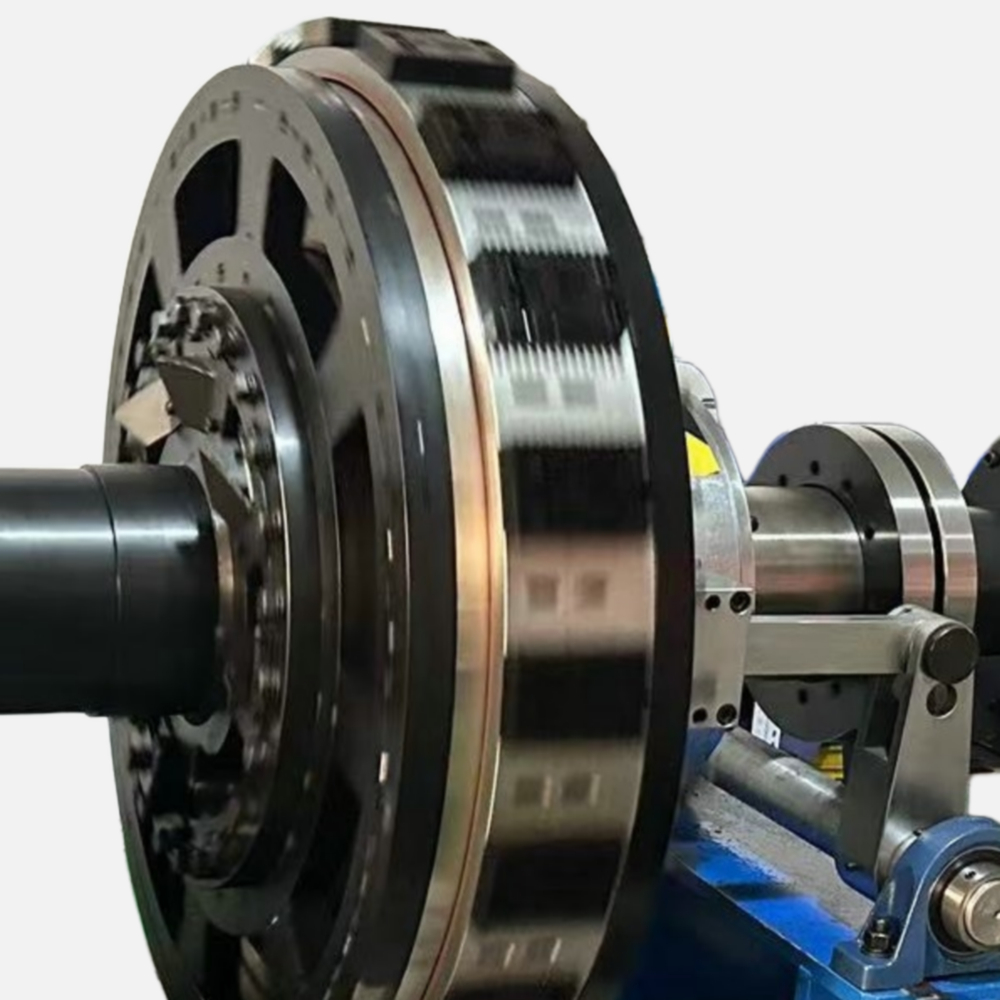When it comes to diamonds, the allure of their brilliance and clarity is often overshadowed by the intrigue surrounding their color. Among the various hues that diamonds can exhibit, blue is particularly captivating. However, many diamond owners find themselves asking, Why is my diamond turning blue? This question can arise from various circumstances, including exposure to certain environmental factors, the diamond's inherent properties, or even the presence of treatments. In this article, we will delve into the science behind diamond coloration, explore the reasons a diamond may appear blue, and provide practical insights for diamond owners.
Understanding Diamond Coloration
Diamonds are primarily composed of carbon atoms arranged in a crystal lattice structure. The color of a diamond is influenced by several factors, including the presence of trace elements, structural defects, and the way light interacts with the diamond. The Gemological Institute of America (GIA) classifies diamond color on a scale from D (colorless) to Z (light yellow or brown). However, certain diamonds can exhibit colors beyond this scale, including blue, which is often caused by the presence of boron.
The Role of Boron
Boron is a trace element that can be incorporated into the diamond's crystal lattice during its formation. When boron is present, it can absorb certain wavelengths of light, resulting in the diamond appearing blue. This phenomenon is particularly evident in natural blue diamonds, such as the famous Hope Diamond. However, if a diamond that is typically colorless starts to exhibit a blue hue, it may not be due to boron but rather other factors.
Reasons Your Diamond May Be Turning Blue
- Environmental Factors:
- Lighting Conditions: The color of a diamond can appear differently under various lighting conditions. For instance, fluorescent lighting can enhance the blue fluorescence in some diamonds, making them appear blue. This is particularly true for diamonds that exhibit strong blue fluorescence, which can be a result of trace elements or structural anomalies.
- Surrounding Colors: The colors of the materials surrounding the diamond can also affect its perceived color. A diamond set in a blue or dark-colored setting may reflect those hues, giving the illusion of a blue diamond.
- Fluorescence:
- Some diamonds exhibit fluorescence, which is the ability to emit visible light when exposed to ultraviolet (UV) light. Diamonds with strong blue fluorescence can appear blue in certain lighting conditions, especially under UV light. This characteristic can be a desirable trait for some buyers, as it can enhance the diamond's appearance in natural light.
- Treatment Processes:
- Diamonds can undergo various treatments to enhance their color. High-temperature, high-pressure (HTHP) treatments can induce color changes, and in some cases, diamonds may be artificially enhanced to exhibit a blue hue. If you suspect that your diamond has been treated, it is essential to consult with a certified gemologist for an accurate assessment.
- Structural Defects:
- Diamonds can also develop structural defects during their formation or due to external factors. These defects can affect how light interacts with the diamond, potentially leading to a blue appearance. Such changes are often subtle and may not be immediately noticeable.
What to Do If Your Diamond Turns Blue
If you notice that your diamond has started to exhibit a blue hue, consider the following steps:
- Consult a Professional: The first step is to have your diamond evaluated by a certified gemologist. They can determine whether the color change is due to natural causes, fluorescence, or treatment.
- Understand the Value: If your diamond is indeed turning blue due to fluorescence or treatment, it may affect its market value. Understanding these factors can help you make informed decisions about selling or insuring your diamond.
- Care and Maintenance: Regular cleaning and proper care can help maintain your diamond's brilliance. Avoid exposing your diamond to harsh chemicals or extreme temperatures, which can exacerbate any color changes.
Conclusion
The question, Why is my diamond turning blue? can stem from a variety of factors, ranging from environmental influences to inherent properties of the diamond itself. Understanding the science behind diamond coloration and the potential reasons for a color change can empower diamond owners to make informed decisions about their precious stones. Whether your diamond is a natural blue beauty or simply reflecting its surroundings, knowledge is key to appreciating the unique characteristics of your gem. Always seek professional advice when in doubt, and enjoy the captivating world of diamonds with confidence.


More Stories
Why A283 Carbon Steel Coil Is the Preferred Choice for Structural and Fabrication Projects
How Does an Electric Fast Charger Work? Demystifying the Technology
What Are Stacked Cores and How Do They Improve Efficiency?